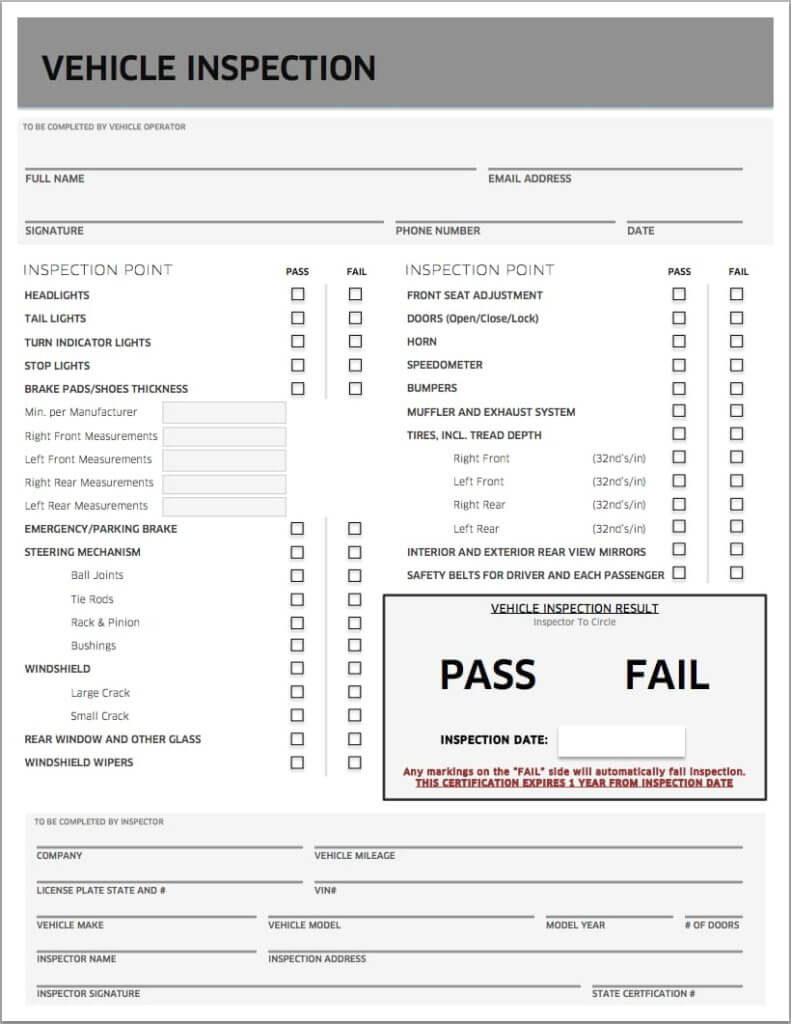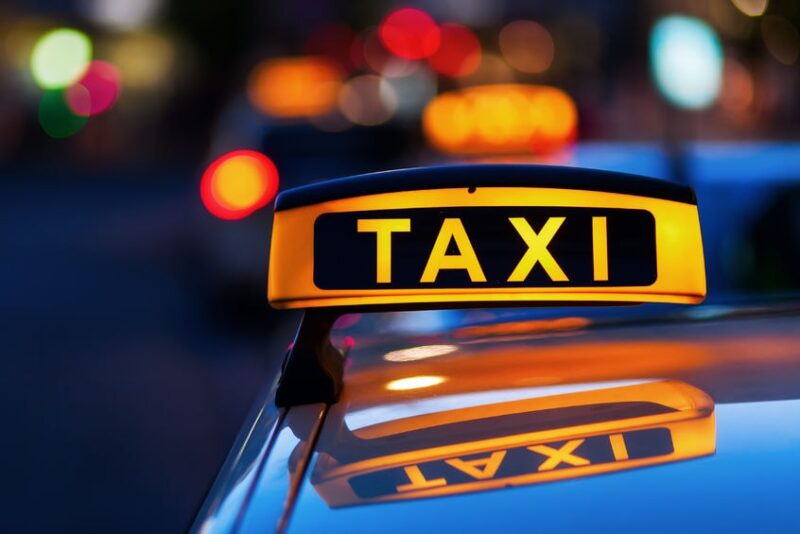Being an Uber driver doesn’t mean that you only have to sign in the driving app and start picking up the riders. Before going in the motion, an Uber driver has to go through and subsequently pass a few tests. One of these tests include all-inclusive Uber vehicle inspection which assures the company that the given vehicle is safe and qualified.
It’s not going to be unfamiliar to you when we say that many Uber drivers have failed in the inspection. This loss not only includes the loss of time but of the money as well. However, such losses could’ve been easily avoided if a little attention would’ve been paid. In the following article, we’ll help you by providing you with the details about the inspection so that there’s no mishap.
UBER VEHICLE INSPECTION
Contents
The word inspection is itself terrifying, as you may have heard since your school days. However, when it comes to Uber vehicle inspection, the adjectives you can associate with it are simple and uncomplicated. But as it’s a standard practice in the industry, it carries a lot of importance.
As discussed above, Uber vehicle inspection is done to ensure that your qualified vehicle carries the level of safety which the company demands. Like Uber, Lyft drivers are also required to pass the the Lyft vehicle inspection process before they start with their professional job as a driver.
Every Uber driver is given the duty of performing and thereby, completing a full inspection of their vehicle at least once a year. This inspection can take place either at an “activation center” or a pre-approved repair shop.
Applying online will give you the benefit of completing your mechanical inspection and a full background check. But, if you apply in person, you’ve the advantage of completing your mechanical inspection at that point of time.
UBER VEHICLE INSPECTION FORM

What does the form focuses on? There’re multiple aspects such as:
- The working condition of your car brakes, headlights and tail lights.
- The proper placing and locking up of your safety features.
- Tire tread test: Make sure your tire tread isn’t too shallow. Replace it immediately if the case is such as stated above. Also, this expense is tax deductible.
- Brake depth test: Service your brake/tires at the appropriate time. If you haven’t got them serviced in a while, then duly replace them.
The fulfillment of these aspects will reduce your risks of re-giving an Uber vehicle inspection test.
UBER VEHICLE INSPECTION REQUIREMENTS
The basic requirements of this inspection includes:
- Safe to drive.
- A pleasant experience for the riders.
There’re other points in the Uber vehicle inspection form that the mechanic takes notice. They are:
- Bumpers
- Doors
- Foot breaks
- Front seat
- Interior/exterior rear-view mirrors
- Headlights
- Horn
- Muffler/ exhaust system
- Parking/emergency brake
- Rear window and glass
- Safety belts
- Speedometer
- Steering mechanism
- Stoplights
- Tail lights
- Tire and tread depth
- Turn indicator lights
- Windshield
- Windshield wipers
HOW MUCH DO UBER VEHICLE INSPECTIONS COST ?
You don’t have to pay anything if your Uber vehicle is getting inspected at an activation center which is provided by Uber or at a Greenlight hub. But, if you want to get your vehicle inspected from a different mechanic then, the fee is around $19.99.
Also, the thing to be remembered is that you should always go to a reputable business whose entire focus is on vehicle inspections, especially inspections done for Uber and Lyft. This is said so because many mechanic/body shops
UBER INSPECTION LOCATIONS
At help.uber.com, Uber provides you with a list of activation centers. You just have to enter your city name in the website in order to search for the centers where the inspection takes place. You can get your vehicle inspection done at big chain repair shops and other centers such as:
- Certified mechanics.
- Jiffy Lube.
- Midas.
- Mobile inspection.
- Tires Plus.
- Uber Greenlight: They’re free of charge. However, due to their opening hours, it’s hard to access. Therefore, there’s a lot of problem of overcrowding.
The duration of the test is 30 minutes. Though, the time can exceed depending upon the method you’ve selected.
Many drivers apply for both the Lyft and Uber vehicle inspection at the same time. The purpose behind such action is that they can use the other service while the former one is at downtime. However, if Greenlight does the inspection for Uber once, there won’t be an extra inspection for Lyft.
WHAT TO DO IF YOUR CAR DOESN’T PASS INSPECTION ?
If you car doesn’t pass the inspection then, you should do the following:
- Correct the problem.
- Redo the inspection.
Once you’ve done you work, you need to upload the inspection form to the Uber partner dashboard. Furthermore, keep in mind that you have fulfilled the basic requirement of the Uber vehicle inspection. Otherwise, your car won’t pass the inspection even if everything else is correct.
WILL PAINT AND BODY DAMAGE LEAD TO DISQUALIFICATION OF YOUR CAR ?
The information about the condition of the car is generally left out from the inspection forms. You must know that Uber doesn’t accept those vehicles which have suffered major body damage. However, it’s also true that repair shops only focus on the items that are mentioned in the checklist and will overlook the body damage.
If you want to see whether the body damage will cause your car to fail in the inspection, it’s best to take it to an activation center. At activation center, the inspectors will have a close look at the body damage of your car, and if they seem that it’s too severe, then your application will be rejected. Baseball sized dents and scratches are acceptable but anything more worse, is rejected.
We provide you with the information as well as protection against different unexpected events that may empty your wallets and lead in a financial catastrophe.



